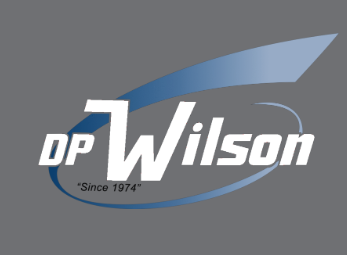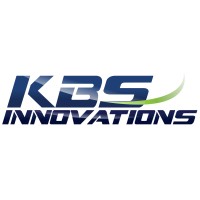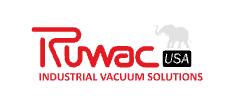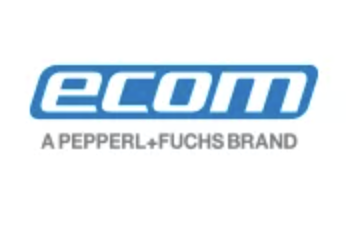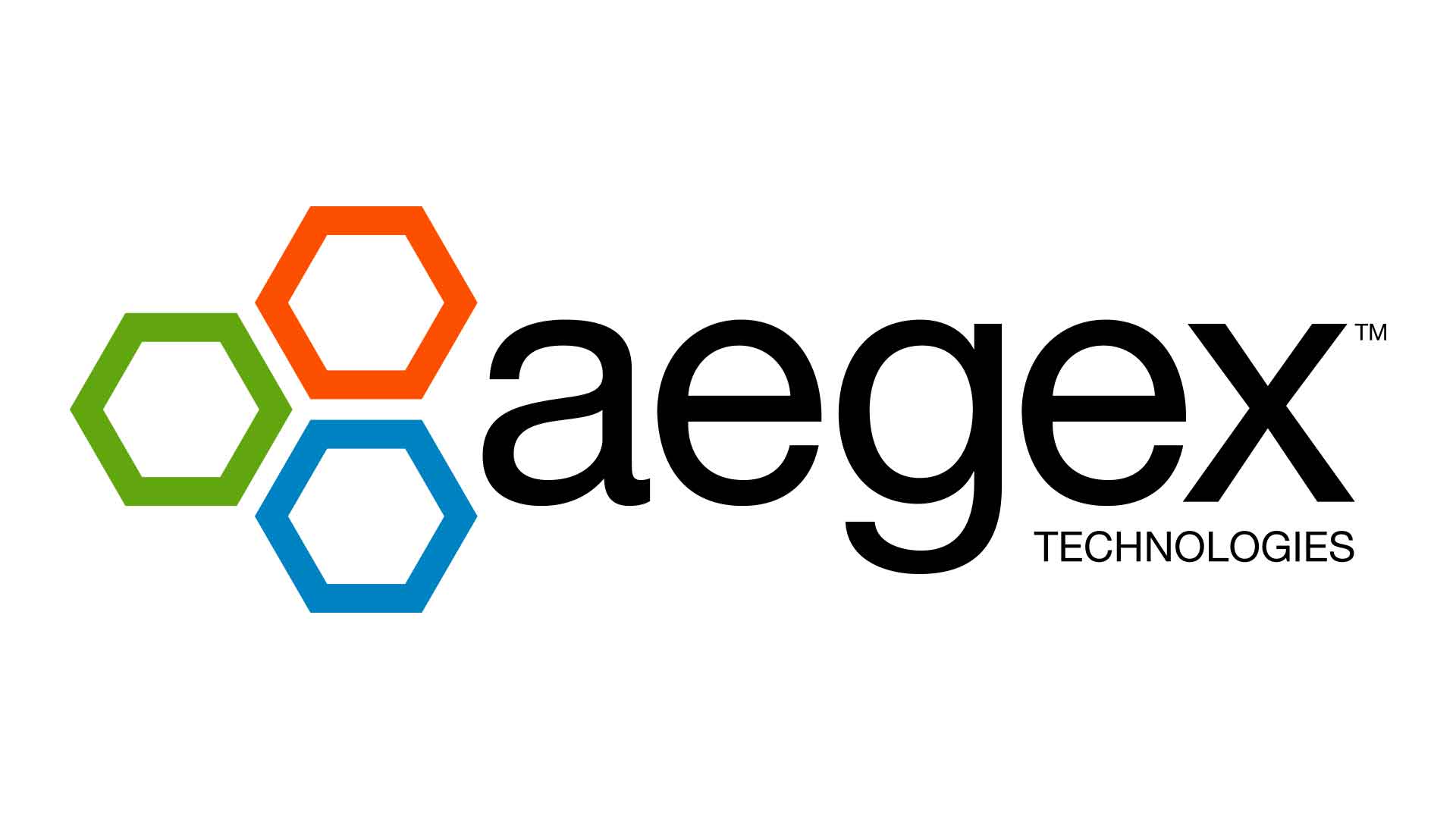
In hazardous industries such as oil & gas, mining, chemical processing, and emergency response, lighting isn’t just a convenience — it’s a critical safety requirement. When working in explosive atmospheres where flammable gases, vapors, or dust may be present, only intrinsically safe torches can be used. These torches are designed to prevent ignition by limiting electrical and thermal energy.
Once you’ve narrowed down to certified intrinsically safe lighting, another crucial decision awaits: should you choose a rechargeable or disposable intrinsically safe torch?
This guide compares both types in depth, including safety certifications, advantages and disadvantages, cost considerations, operational impact, and use cases. If you’re wondering which intrinsically safe rechargeable torch or disposable model is right for your job, you’re in the right place.
Looking for a certified intrinsically safe torch?
Browse all Intrinsically Safe Torches
What Is an Intrinsically Safe Torch?
An intrinsically safe torch (or flashlight) is a portable light source engineered to be safe in environments with potentially explosive materials. These torches are tested and certified under international standards like ATEX, IECEx, and UL913.
These certifications ensure that the torch won’t emit enough energy to ignite hazardous substances, even under fault conditions. Key features often include:
Sealed and non-sparking design
Low-heat LEDs
Rugged housings resistant to chemicals and impact
Operation in extreme temperatures and humid conditions
Intrinsically safe torches are commonly used in:
Offshore and onshore oil platforms
Mining operations
Gas pipelines and refineries
Grain silos and mills
Aircraft maintenance in fuel zones
Emergency rescue and confined space work
Explore our most trusted torches for hazardous environments like oil rigs, gas pipelines, and confined spaces.
Shop Certified Intrinsically Safe Flashlights

What’s the Difference Between Rechargeable and Disposable Intrinsically Safe Torches?
While both types meet hazardous area safety standards, the core difference is power source:
| Feature | Rechargeable Torch | Disposable Torch |
|---|---|---|
| Power Source | Built-in lithium-ion or NiMH battery | Replaceable AA, AAA, or C-cell batteries |
| Operational Focus | Long-term use, daily operations | Backup use, emergencies, or field kits |
| Environmental Impact | Low – reduces battery waste | Higher – requires frequent battery replacements |
| Charging Needs | Requires charging infrastructure | No charging needed |
| Total Cost of Ownership | Low after initial purchase | Higher due to recurring battery costs |
| Shelf Life | Batteries degrade over years | Batteries can store long-term with low power drain |
| Use in Remote Areas | Not ideal if no power source available | Excellent for field kits, disaster readiness |
Why Choose a Rechargeable Intrinsically Safe Torch?
A rechargeable intrinsically safe torch is an excellent choice for professionals who use their torch daily or in structured environments like industrial plants or warehouses where charging infrastructure is available.
Pros:
Lower lifetime cost: Recharge hundreds of times without buying new batteries.
Environmental benefit: Fewer batteries to discard = greener operations.
Steady light output: Maintains consistent brightness longer than disposables.
Integrated safety features: Often include battery level indicators, overcharge protection, and dual-light functionality (e.g., spot + flood modes).
Cons:
Downtime risk: If not charged, it’s unusable.
Not ideal for remote sites: Requires access to a power source.
Battery lifespan: Typically 500–1000 charge cycles before replacement needed.
Why Choose a Disposable Intrinsically Safe Torch?
A disposable intrinsically safe torch excels in situations where dependability without charging is critical — like emergency kits, mobile teams, and remote sites.
Pros:
Always ready: Fresh batteries = immediate operation.
Long storage life: Batteries can remain viable for years.
No charging infrastructure required: Great for on-the-go or isolated teams.
Cons:
Higher operating cost: Ongoing battery purchases add up quickly.
Waste generation: Disposing of batteries adds environmental and compliance concerns.
Variable performance: Light output can fade as batteries drain.
Key Use Cases for Rechargeable vs Disposable Torches
Choosing the right torch type often comes down to your specific use case. Here’s a breakdown:
| Use Case | Recommended Torch Type | Why? |
|---|---|---|
| Daily inspections in plant/factory | Rechargeable | Long-term efficiency, on-site charging available |
| Emergency preparedness kits | Disposable | Immediate availability, no need to check charge |
| Confined space entry (tanks, silos) | Rechargeable (compact models) | Bright, lightweight, rechargeable with long runtime |
| Remote field service work | Disposable | Unpredictable access to electricity |
| Hazardous location storage | Disposable | Long shelf life, minimal maintenance |
| Offshore oil rigs | Rechargeable (with base charging) | Cost-effective for long missions with predictable downtime |
Not sure which one fits your workflow?
Talk to a Safety Expert Today for help choosing the right intrinsically safe torch.
Best Intrinsically Safe Torch Models (Rechargeable vs Disposable)
Here’s a curated selection of top-rated, certified intrinsically safe torches available from Intrinsically Safe Store:
| Model | Power Type | Certifications | Special Features | Best Use |
|---|---|---|---|---|
| Nightstick XPR-5568GX | Rechargeable | ATEX, IECEx | Dual-light (spot + flood), helmet clip, magnetic base | Maintenance & inspection crews |
| Peli 3315RZ1 | Rechargeable | ATEX Zone 1 | Ultra-light, high-intensity beam, rear switch | Confined space entry |
| Streamlight 3C ProPolymer HAZ-LO | Disposable | ATEX, IECEx | Impact-resistant, anti-roll design | Emergency teams, firefighters |
| Wolf ATEX TR-24 LED Torch | Disposable | ATEX Zone 0 | Glove-friendly switch, robust build | Oil & gas, marine field teams |
Frequently Asked Questions (FAQs)
What does ‘intrinsically safe’ mean in a torch?
It means the torch is designed so it can’t ignite explosive gases or dust in hazardous environments. It does this by controlling internal temperatures and limiting electrical energy to prevent sparks or heat buildup.
Can I charge my intrinsically safe torch inside a hazardous zone?
Usually, no. Even if the torch is intrinsically safe, most charging docks are not certified for use in Zone 0 or 1 environments. Always remove the torch from the area before charging unless your equipment is specifically rated for in-zone charging.
How long do rechargeable intrinsically safe torches last?
Most offer 4–10 hours of runtime per charge, depending on brightness settings. Battery life across its lifecycle ranges from 500 to 1,000 charges before replacement is needed.
Are disposable torches better for emergency kits?
Yes. Their long shelf life, lack of charging needs, and consistent readiness make disposable intrinsically safe torches ideal for safety cabinets, disaster kits, and emergency lockers.
Are rechargeable torches better for the environment?
Absolutely. Fewer discarded batteries means reduced toxic waste and fewer compliance issues. If your company has sustainability goals, rechargeable torches are a natural choice.
Which Intrinsically Safe Torch Is Best for You?
There’s no one-size-fits-all answer. Your work conditions, mobility, frequency of use, and access to charging power all influence the decision.
Go rechargeable if you work in a stable facility, want long-term savings, and use the torch daily.
Choose disposable if you’re mobile, responding to emergencies, or working in areas without charging access.
No matter your pick, make sure the torch is:
Certified (ATEX, IECEx, UL913)
Durable and waterproof
Fitted with ergonomic, glove-friendly controls






